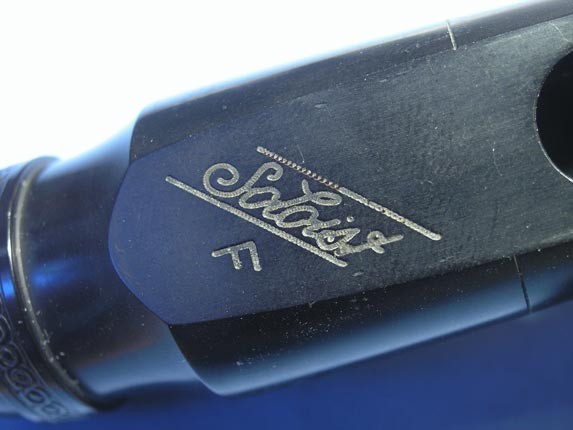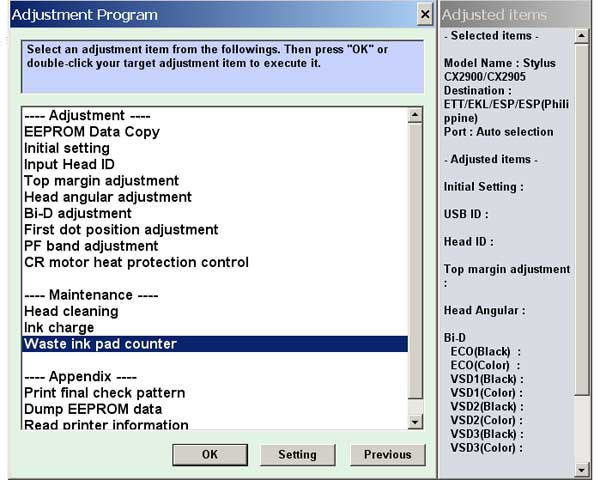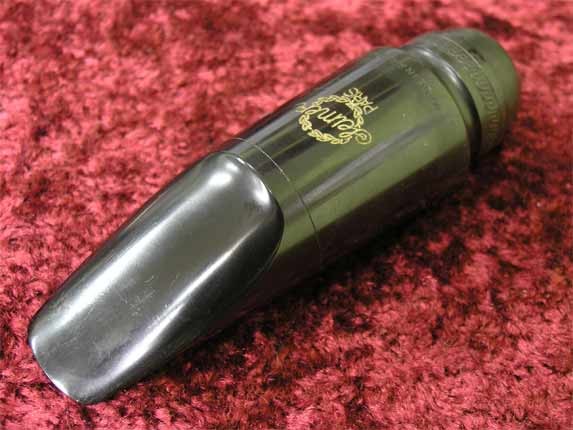

14–27 Unlike SHANK1 and SHANK2, SHANK3 duplications have been observed in patients with neuropsychiatric conditions. Since the initial identification of de novo mutations, interstitial and terminal deletions of SHANK3, 15 mutations in this gene have been identified in various studies on ASD and/or ID patients. 14 In general, SHANK3 is strongly involved in the pathogenesis of ASD, and SHANK3 truncating mutations are associated with moderate to profound ID. 13 Interestingly, the typical phenotypic variability in PMS-patients is also present in patients carrying SHANK3 de novo or truncating mutations. 12 Translocations, encompassing the last two exons of SHANK3 and parts of ACR, have been observed in a patient with a PMS-like phenotype, which further indicates the role of SHANK3 in this syndrome. 9–11 The syndrome is characterized by a significant expressive language delay, ID, hypotonia, minor craniofacial dysmorphisms, increased tolerance to pain, epilepsy, and autism-like features. The SHANK3 gene has been most extensively studied because it is the main gene associated with neuropsychiatric symptoms of patients with Phelan McDermid syndrome (PMS). 3–8 However, no SHANK2 duplications have yet been found in patients. 2 Other independent studies reported further SHANK2 mutations. Initially, three penetrant de novo mutations and seven rare inherited variants in SHANK2 have been detected in patients with ASD and/or ID. SHANK2 mutations are associated with autism spectrum disorder (ASD), moderate ID, developmental delay, and mild motor deficits. Although samples sizes are still small, no SHANK1 duplications have yet been found in any ASD patient. This suggests some type of linkage between SHANK1 mutations and sex.

These results suggest that SHANK1 deletions cause high functional autism in males, whereas tentatively, similar deletions result in no such phenotype in females. In the same study, an unrelated male with a de novo deletion at the same locus exhibited high functional autism without intellectual disability (ID). Interestingly, two females in the same family carry the deletion with no clinical symptoms.

1 Four males were from a multigenerational family that carries inherited deletions of 63.8 kb, eliminating exons 1–20 of SHANK1. SHANK1 deletions, which are caused by de novo copy number variations, were found in seven patients with high functional autism. Schmeisser, Chiara Verpelli, in Neuronal and Synaptic Dysfunction in Autism Spectrum Disorder and Intellectual Disability, 2016 SHANK Mutations and Human Neurodevelopmental Disorders


 0 kommentar(er)
0 kommentar(er)
